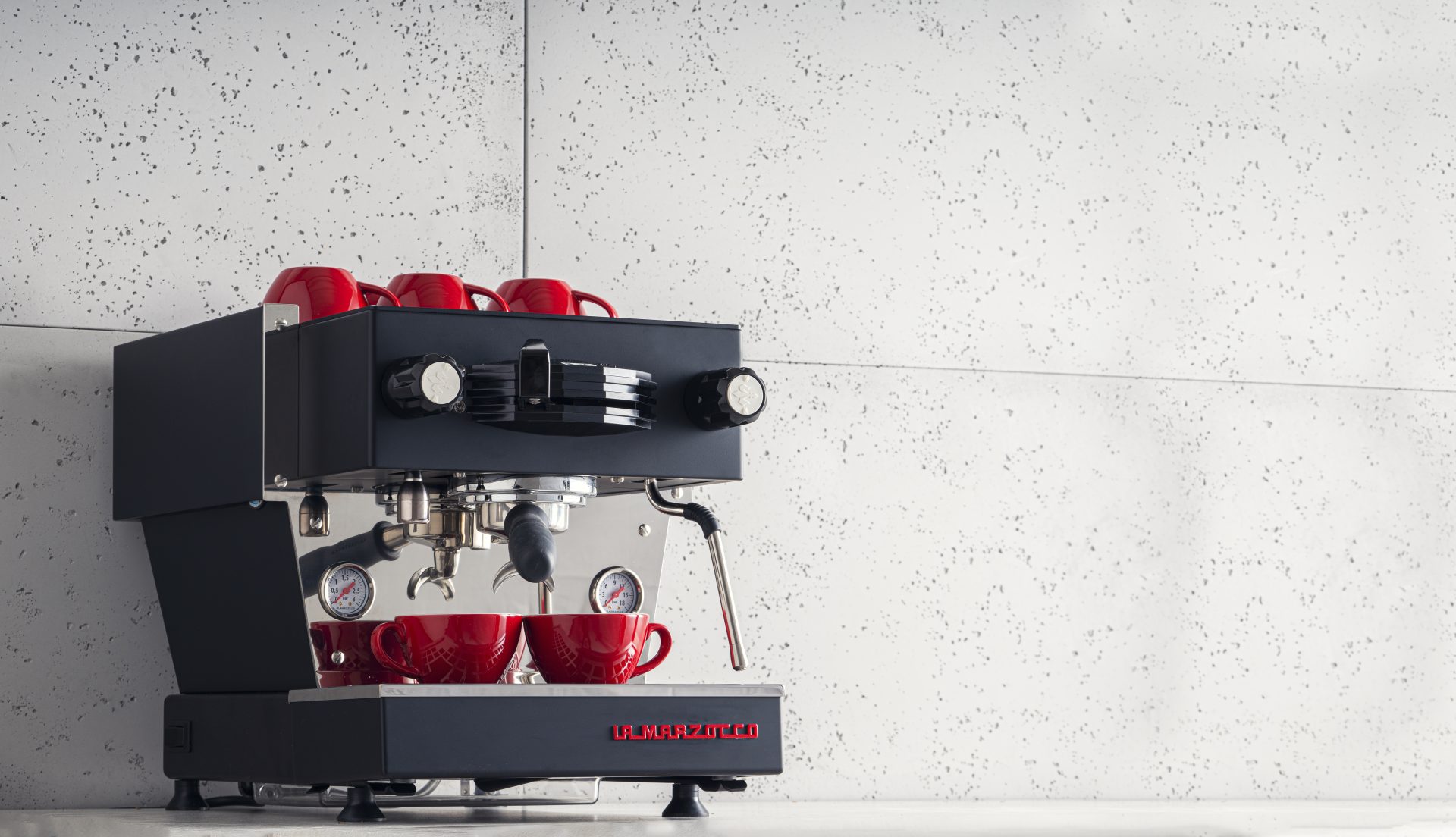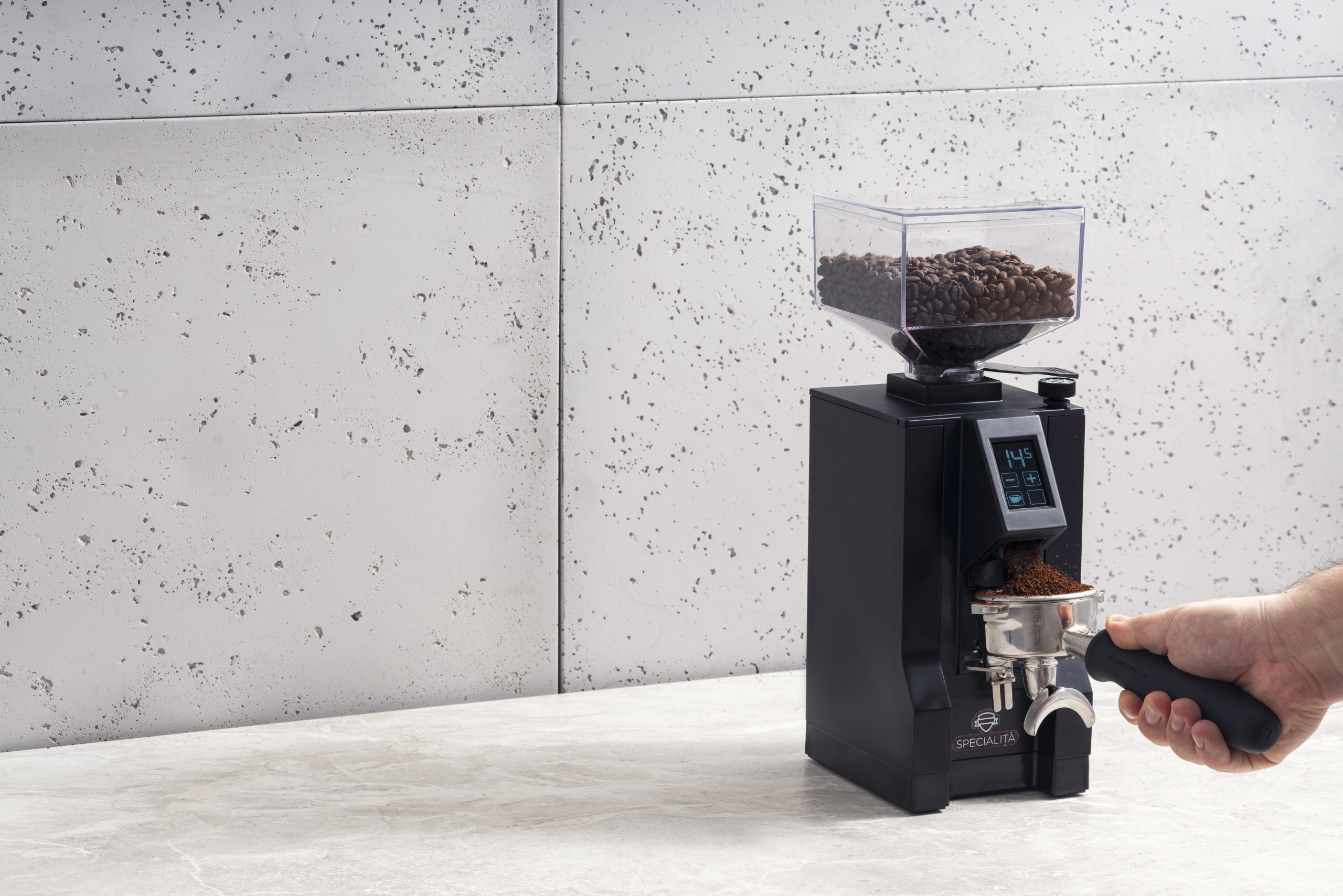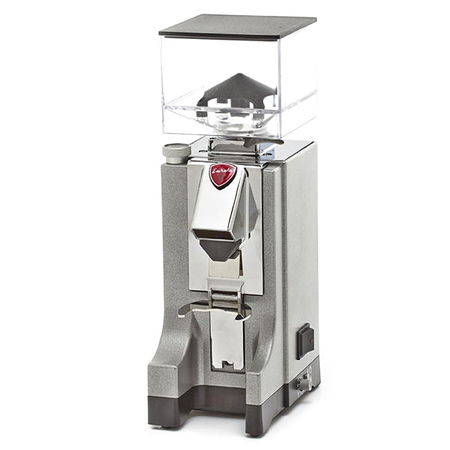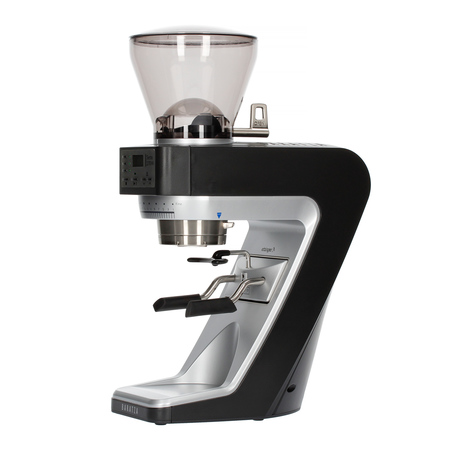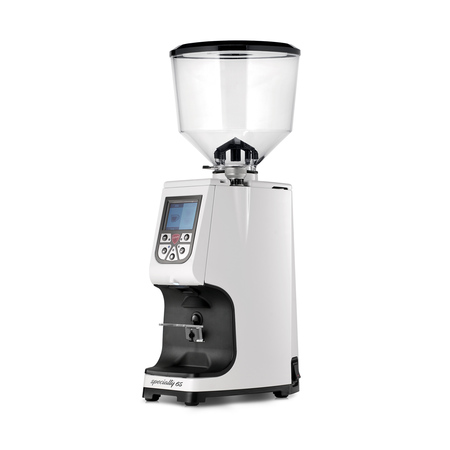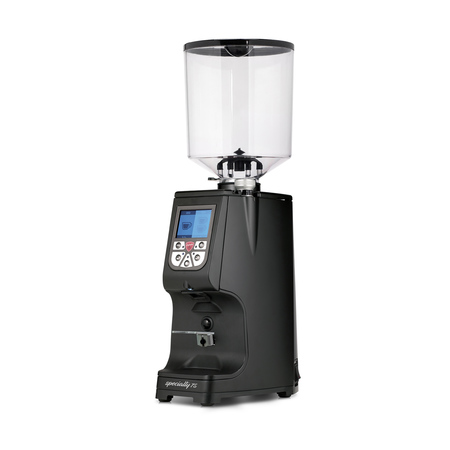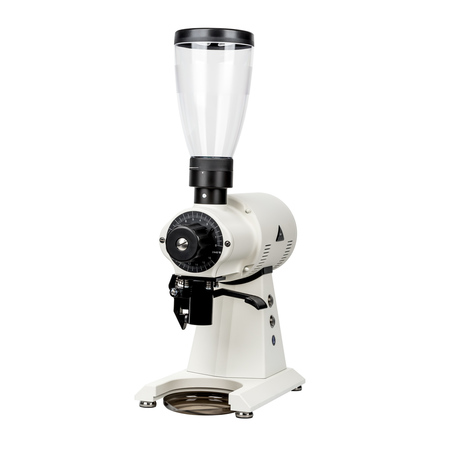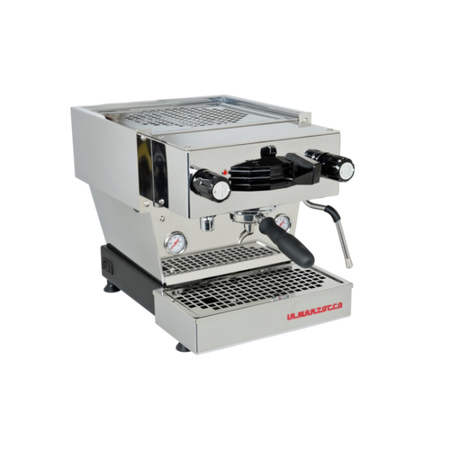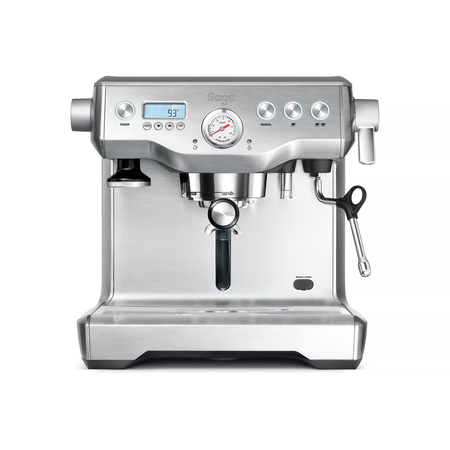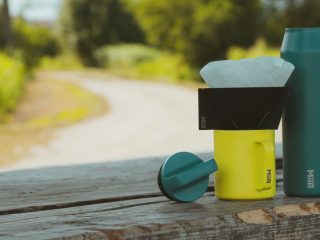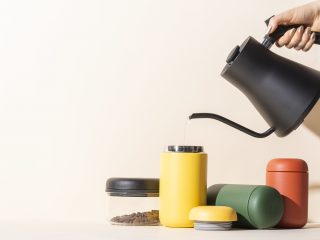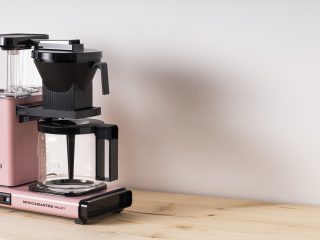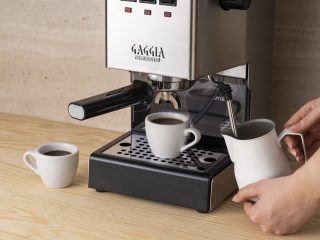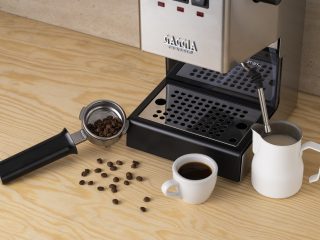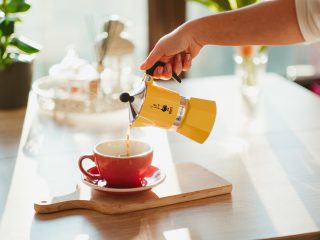Espresso is a beverage inextricably linked with cafes and the Italian style of drinking coffee quickly outside of home. To properly make this legendary coffee and espresso-based milk beverages you need specialized equipment, necessary knowledge and experience. So, what if you want to enjoy this Italian specialty in your own kitchen? Which espresso machine to choose to become a home barista?
As always, choosing equipment is no piece of cake and the producers are doing their job constantly launching new models in various price ranges. In this article, we’ll try to help and suggest what parameters of the espresso machine you should take into account before buying in order to choose a model suited to your needs and budget.
First of all… the grinder!
This is neither a mistake nor a joke – when you choose a manual method of preparing espresso, you mustn’t forget about the grinder, because espresso machines with portafilter (usually) do not contain one. To make it even more interesting, it is the grinder that determines the quality of espresso extraction to the greatest extent. It has a greater influence on the extraction process than the coffee machine itself and if you want to get the maximum flavor from the beans, it is worth starting with the grinder.
For more information on choosing a coffee grinder, see this article.
In short, when choosing an espresso grinder, you should pay attention to:
- burr diameter and material – the bigger the better, choose only steel burrs;
- adjustment system – the best choice is a smooth regulation based on a screw, which will ensure grinding precision and ease of use;
- dosing system – coffee should be ground directly into the portafilter, each time exactly as much as needed;
- purpose – remember that an espresso grinder is not the same as a grinder for alternative brewing. Due to the fact that espresso requires greater precision of grinding than, for example, drip, a grinder dedicated to this brewing method will usually be more expensive and there are no shortcuts here.
When planning your espresso set, start with this piece and remember that even the most expensive coffee machine for several thousand euro will not brew a proper espresso if the coffee was ground on a cheap grinder. The budget for the coffee machine and grinder should be split 40:60 in favor of the latter. Surprised?
1. Eureka Mignon – entry-level grinder, 2. Baratza Sette 270 Wi – grinder for intermediate baristas, 3. Eureka Atom Specialty 65 – grinder for pro-baristas, 4. Eureka Atom Specialty 75 – grinder for pro-baristas, 5. Mahlkönig EK 43S – grinder for real coffee geeks
Choosing an espresso machine
Once you’ve got the grinder, it’s time for the coffee machine. To choose the right machine for you, you need to know the key elements that affect its quality and thus the price. Below, we will discuss the key parameters of semi-automatic espresso machines, their impact on the quality of brewed coffee, as well as functionality and efficiency.
1. Boiler
It is the heart of the coffee machine, containing hot water and steam. The greater its capacity, the better for the coffee machine’s performance and temperature stability. Espresso machines are usually built in three technologies, which offer successively higher possibilities and are also an indicator of the price shelf.
- Single Boiler: one element is responsible for heating the water for espresso brewing, as well as generating steam for frothing milk. This type of boiler is a basic design used in cheap coffee machines. Its downside is that you cannot brew espresso and froth milk at the same time. This extends the preparation time of beverages such as cappuccino, latte or flat white. Single boilers also usually have low capacity, which translates into their low efficiency. Such machines will work well for those who love black coffee – if espresso is your go-to drink, you will find a good coffee machine on a small budget.
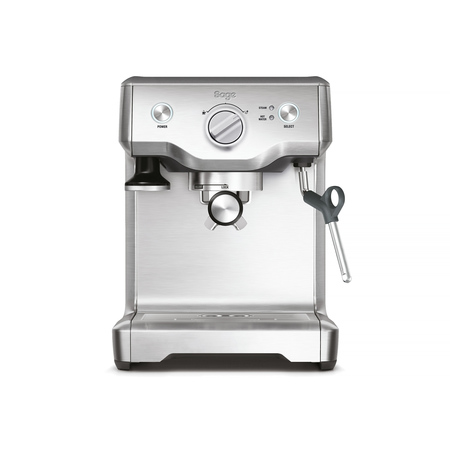
- Heat Exchanger (HX): the top, professional semi-automatic espresso machines are mostly based on this system. The main, larger boiler is responsible for generating steam for frothing the milk. Inside, there is a smaller boiler, which is heated by the warmth of the surrounding water. This is the heat exchanger that contains the water used for brewing the espresso. The advantage of this solution is the possibility of frothing milk and brewing coffee at the same time. Steam is available at any time and it is not necessary to heat the boiler up to generate steam, as is the case with the single-boiler system. The HX is usually larger in size, which results in higher efficiency and better temperature stability. This technology has proven to be successful in gastronomy for many years. Its disadvantage, however, is the dependence of the water temperature on the steam boiler settings. Therefore, if we increase the steam pressure to e.g. froth milk more easily and faster, the extraction temperature automatically goes up and vice versa – lowering the water temperature results in lower steam power, and in extreme settings it may not be generated in the amount necessary to froth milk. HX is a good solution for anyone who appreciates high-quality espresso, but also wants to froth milk and enjoy cappuccinos or flat white coffees.
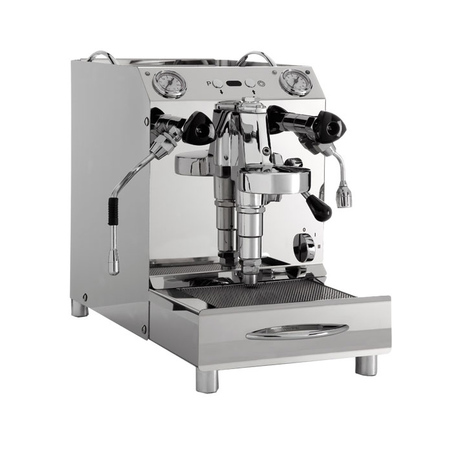
- Double Boiler (DB): this system includes two boilers with separate heaters. One provides steam and the other provides hot water. Both units are independent and can be freely set. This layout provides the broadest options of parameter configuration, as well as the highest efficiency and temperature stability. DB technology is used in top professional models, but some home coffee machines are also equipped with it.
1. La Marzocco Linea Mini | 4 990,00 €, 2. Sage Dual Boiler | 1 309,29 €
2. Temperature control
Water temperature is one of the key parameters influencing coffee extraction. Its setting, as well as stability over time, are highly desirable not only because of the quality of the espresso, but also the convenience of use.
- Thermostat / pressure switch – is an analog temperature control system. Usually, specific values are not marked, so the settings are adjusted roughly. In this case it takes some practice to control the temperature and to sense the right moment to start extraction. However, the analog system is not a problem if you just want to drink an espresso or coffee with milk, and your dreams involve other things than portafilters, pressure switches and rotary pumps.
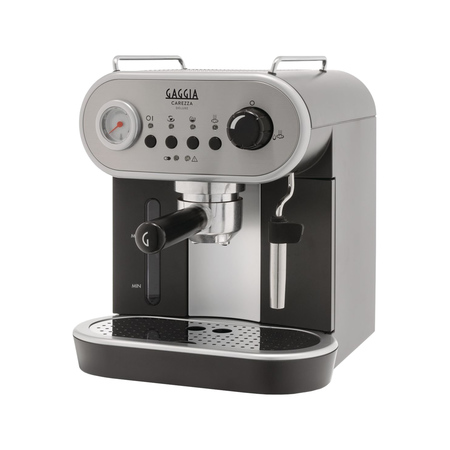
- However, if you’re actually one of these users, you will only be satisfied with a digital PID temperature controller. It uses an advanced algorithm that controls the operation of the heaters so that the set temperature is maintained. The digital controller allows you to set the desired temperature, often with an accuracy of up to 0.1 degrees Celsius, which will satisfy the most demanding home baristas. This system ensures a stable temperature at all times, and also allows you to save electricity, because the heaters work shorter here than in the analog variant.
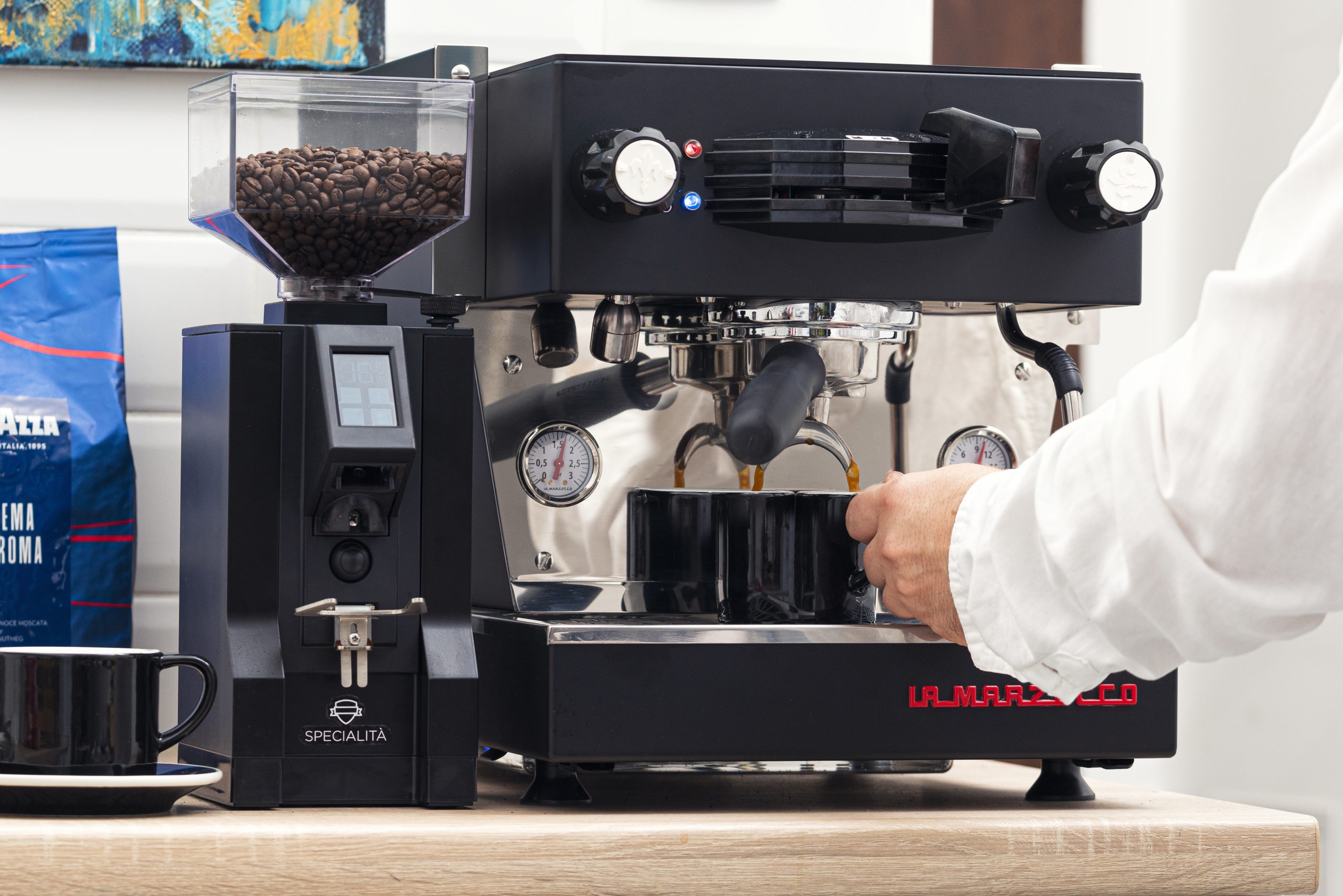
3. Other parameters
The two above-mentioned points are decisive for the class of the device, its functionality and, above all, the quality of the espresso. But that’s not all. Additional factors are also worth considering once you have decided on a specific combination of a boiler and temperature control system.
- Pump: it is responsible for the water pressure during espresso extraction. It should be possible to change its settings (although it is usually hidden deep inside the casing and modification of the settings require removing the external panel). Most coffee machines have a vibration pump that generates more noise than the rotary pump which is more efficient, but also more expensive.

- Thermal insulation of boilers: reduces electricity consumption and allows for better temperature stability.
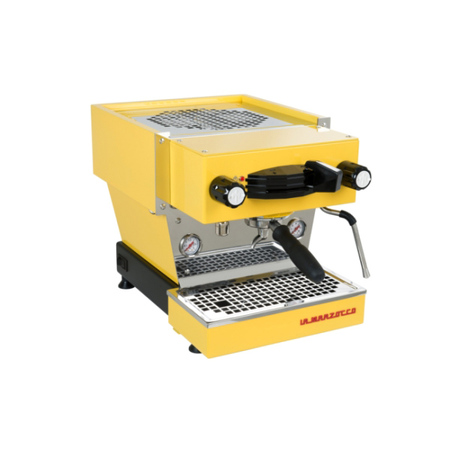
- The size of the brewing group: the world standard in professional machines is 58 mm. A coffee machine with such a brew group will be compatible with interchangeable accessories, such as precision sieves or tampers. Thanks to them, the quality of espresso can be upgraded even more.
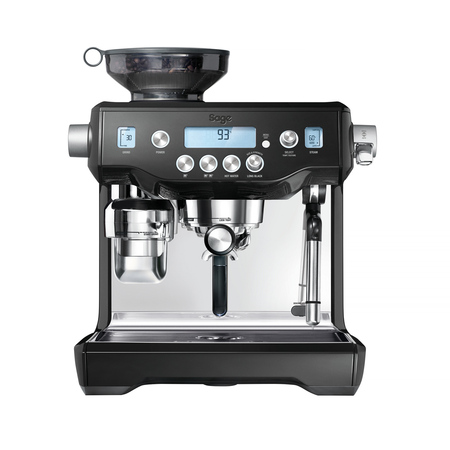
- Water connection: a function that significantly increases the comfort of use. After connecting the machine to filtered water and the drain permanently, you no longer have to worry about an overfilled sewage tank or interrupting extraction interrupted with lack of water in the tank. This function is included in high-end coffee machines, which will work well not only at home, but also in small gastronomy or in the office.
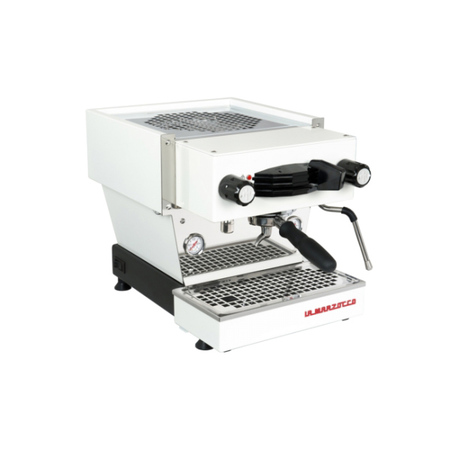
- Programmable doses: thanks to this function, after pressing the brewing button, the machine doses a precisely measured amount of water and turns off the extraction at the desired moment. This solution provides greater repeatability and convenience of use.
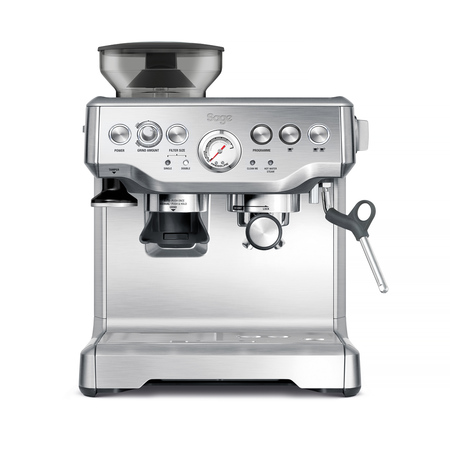
- Steam wand: the general rule is – the more expensive the machine, the better the milk frothing system. It is worth paying attention to the design of the steam wand – the removable tip will make cleaning easier. You can also change it to get different steam characteristics and, as a result, better foaming results. Coffee machines with a heat exchanger and a double boiler allow you to froth milk faster, better and more conveniently than the single-boiler variants.
It is possible to make cafe-style espresso in the comfort of your home. Its quality will depend on your requirements and budget. The better the grinder and the coffee machine, the more flavor you get from the same beans. Remember that the grinder determines the course of extraction in the first place and it is the best starting point for your home cafe setup.

